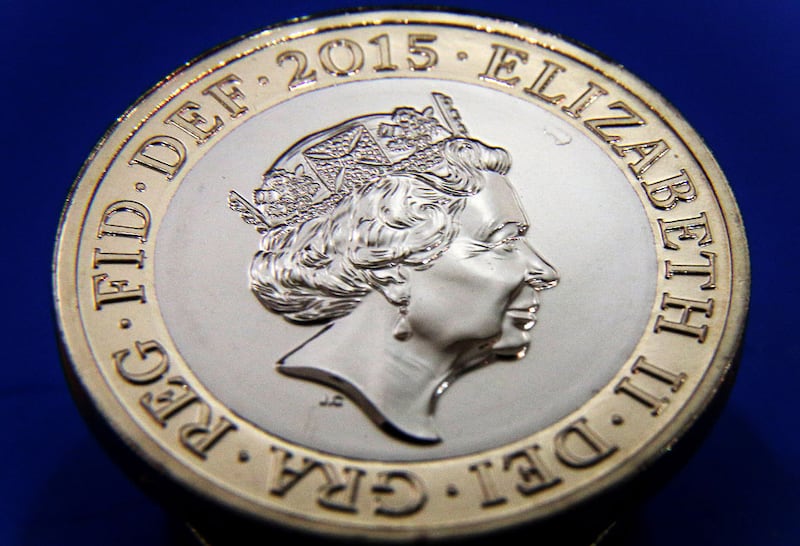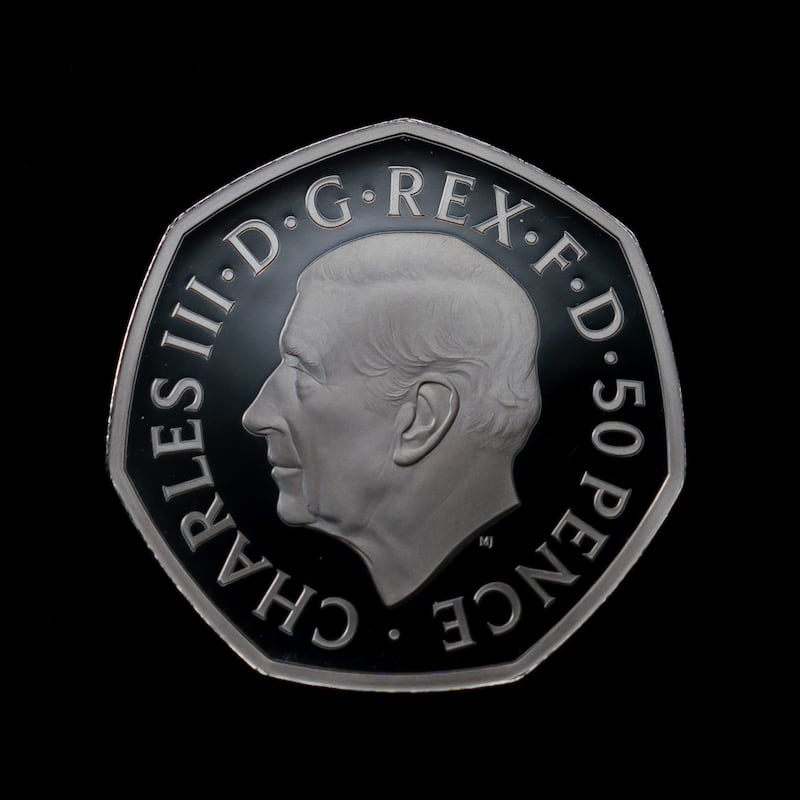In recent months, as Britain has healed from mourning its queen, the beginning of a new reign has started to show in the country’s daily life.
England’s World Cup soccer team sang God Save the King. For the first time in decades a king welcomed a new prime minister. Now, as Britons prepare for the first Christmas without Queen Elizabeth II’s traditional message, the Bank of England has announced another significant change: the first pound notes with King Charles III’s portrait on them, which are expected to enter circulation in mid-2024.
The new £5, £10, £20 and £50 notes will be printed only to replace worn-out currency or to meet any increase in demand, so bank notes with the images of the late queen and the current king will circulate at the same time.
The news marked another new page in Britain’s history, with Charles taking his mother’s place on the throne and in the rituals and symbols that testify to the presence in everyday life of the country’s royal family.
READ MORE
“This is a significant moment,” the bank’s governor, Andrew Bailey, said, adding that the current king is only the second monarch to feature on pound notes.
Pound notes were first issued at the end of the 17th century, but the British sovereign has featured on them only since 1960; Elizabeth was the first monarch to appear. The initial notes bore a portrait of the queen wearing the family’s diamond diadem. “It was a formal, regal image, and was criticised for being a severe and unrealistic likeness,” according to the Bank of England.
A second portrait by another designer had a better reception, because people thought that the portrait was more realistic and she looked more “relaxed”, according to the bank. Other portraits were introduced later, but the most familiar one for Britons is the one featuring a mature queen, drawn in 1990. The same portrait continued to appear after 2016, when the notes started being printed on plastic rather than on paper.


Since the 17th century, monarchs have been represented on coins facing in the opposite direction of their immediate predecessor. Because the queen faced right, her son faces left.
The notes do not seem to be subjected to the same tradition, as the sovereigns are portrayed from the front. – This article originally appeared in The New York Times










